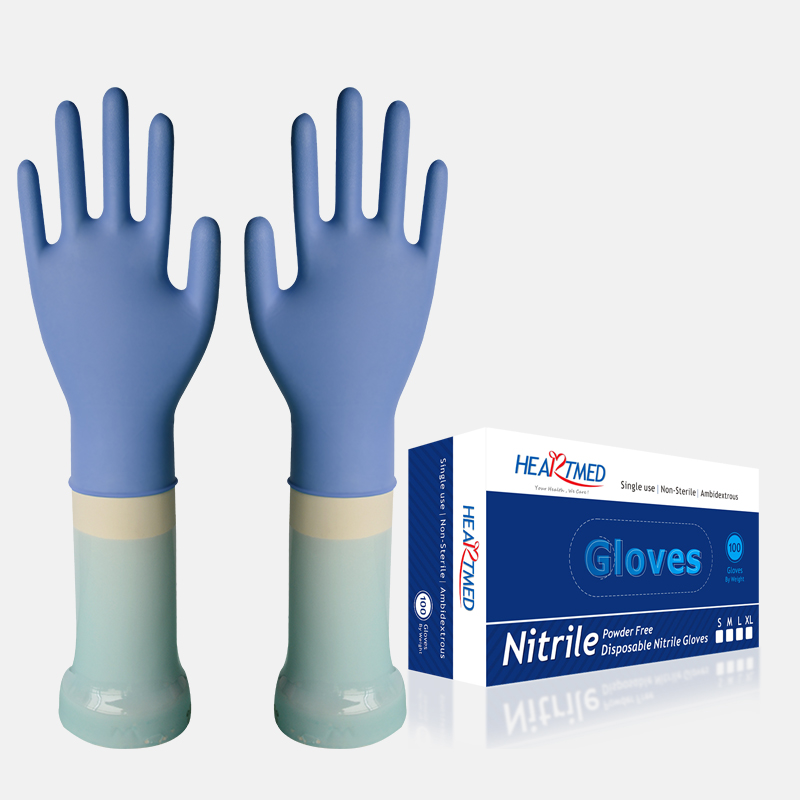Faced with all the choices available for disposable gloves, how does one decide which type to use? To focus on just one common situation, what's involved in deciding whether to use nitrile gloves or latex gloves, common types used in medical applications and in handling chemicals?
Nitrile and latex gloves both are available in various degrees of thickness, powdered or non-powdered, and sterile or non-sterile. Nitrile Gloves are made out of a synthetic rubber, whereas latex is made out of natural rubber. Good-quality, undamaged nitrile gloves and latex gloves provide equivalent barrier protection against hazardous substances such as blood-borne pathogens. Where are the differences, and how do these affect choice?
Your gloves need to fit well and feel comfortable. Latex gloves have a high elasticity and memory, so they generally fit user hands very well in all thicknesses. Nitrile gloves, on the other hand, can vary in softness and flexibility. Some are comfortable and fit well; some are stiff and not flexible.
However, many workers must work in a latex-free environment to protect others or are themselves allergic to this type of rubber. With the almost universal application of best safety practices, latex allergies have become a serious concern, especially in the healthcare industry where skin contact is a constant factor. If latex sensitivity is involved, avoid these types of products altogether and use only non-latex gloves such as nitrile. If you choose to use latex gloves, only use powder-free latex gloves with reduced protein content.

On the other hand, if you suffer from Type IV Chemical Hypersensitivity, switching from latex gloves to another type of disposable gloves may not alleviate the situation, because these chemicals are added in the process of making all types of gloves. In this case, lined gloves may provide the only solution, and then only if used with care.
In at least one study, disposable gloves made from natural rubber tested slightly better for "fine-finger" dexterity; but both nitrile and latex scored equally for tasks requiring gross dexterity. Nitrile gloves have tested as more resistant to punctures (from needles, for example) compared to latex gloves. And unlike latex, nitrile gloves split when punctured, which provides the wearer quick awareness of potential biohazard or chemical contamination.
Finally, there is consideration of cost versus quality. Disposable Latex Gloves are generally very affordable. Nitrile disposable gloves are usually more costly. Should you buy the cheapest gloves you can find but constantly worry if they will tear, rip and develop pinholes, or should you choose a more expensive glove with a lower risk of failure? Obviously you must decide for your unique situation what are the acceptable quality standards, then find the best value you can get.

.png)





I want the latex gloves, since it is made out of natural rubber.
ReplyDeleteNitrile gloves are without latex and have meagre sensitivity rates (under 1% of users). They are the most famous glove utilized today, ascribed to their flexibility, meagre hypersensitivity rates, and price. Therefore, I want to choose nitrile gloves.
ReplyDeletereally interesting article, well done!
ReplyDeleteim sensitive to latex too
ReplyDelete